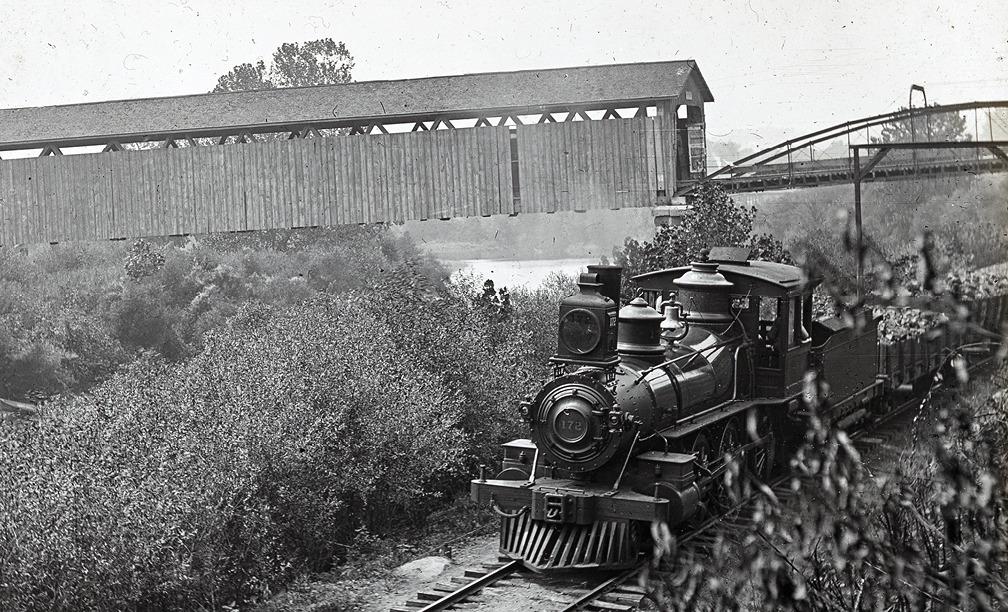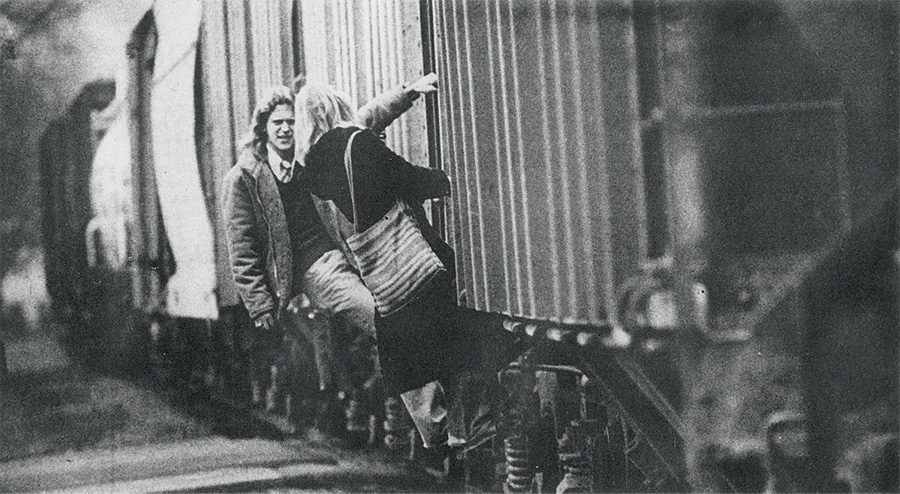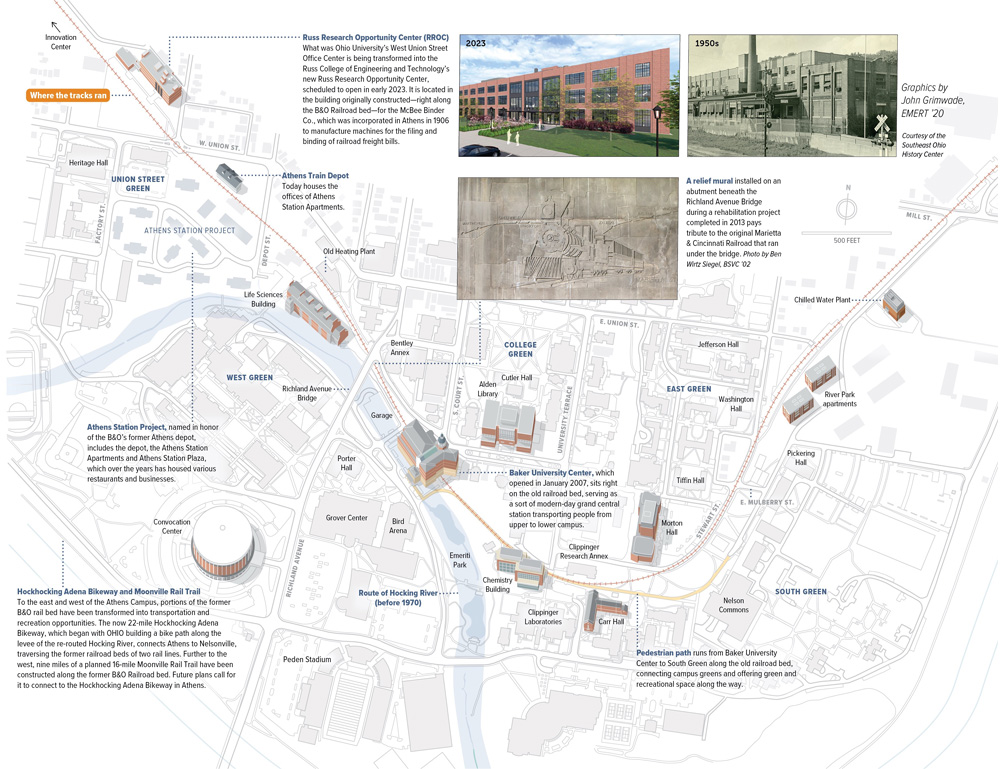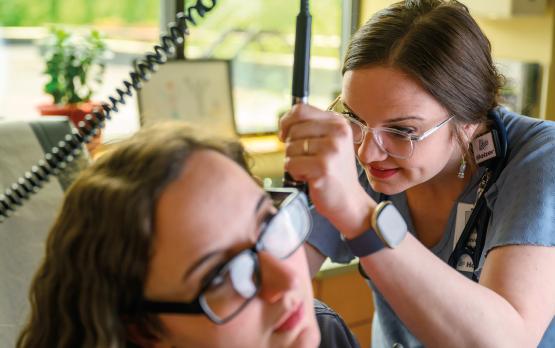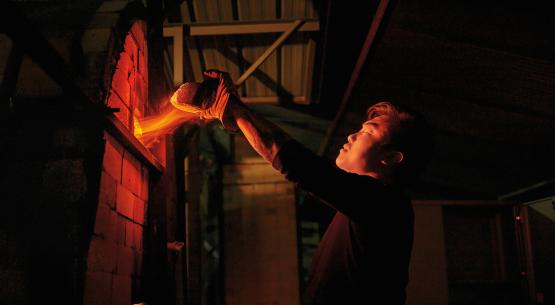Much has been written about the Hocking River that ran, and sometimes raged, through Ohio University’s Athens Campus. But for 135 years there was another mode of transportation that was as much a part of the OHIO landscape and experience.
What began as the Marietta & Cincinnati Railroad changed names and ownership several times over the decades, but to most OHIO students it was the Baltimore & Ohio (B&O) Railroad.
Starting in 1856, the rail line opened town and gown to the greater nation, bringing students, employees and visitors to Athens. “How well I remember my arrival in Athens on the 1 p.m. B&O from the West!” Irma E. Voigt recounted of her 1913 landing at OHIO. “I was hot, dusty, and tired, but most of all utterly strange, for not only was I entering upon my first position as dean of women, but I was about to become Ohio University’s first dean of women.”
The B&O skirted OHIO’s College Green and what would become East Green. For the rail line’s first 100-plus years, only the University’s athletic facilities and a few buildings lay on the other side of the tracks.
As the campus expanded in the 1960s and ’70s with the construction of West Green, Clippinger Laboratories and South Green, so, too, did the B&O’s role in the lives of students—forced to navigate the tracks that transported goods and people from, to and through the community.
“The railway affects not only the South Green, but almost all students on campus in some way; usually it’s the noise …,” a student wrote in the 1985 Athena Yearbook. “The train can make you late for class or simply put you behind schedule if you have to wait for it. So, it’s not unusual to see students bolt as soon as they hear its shrill whistle.”
